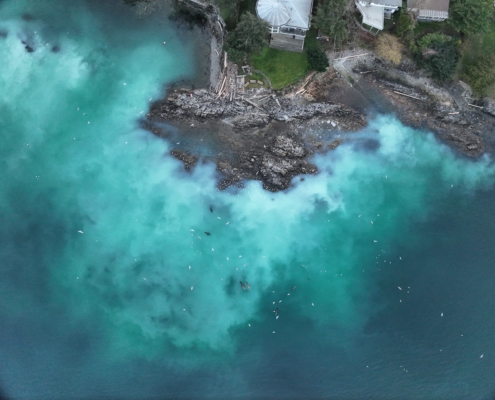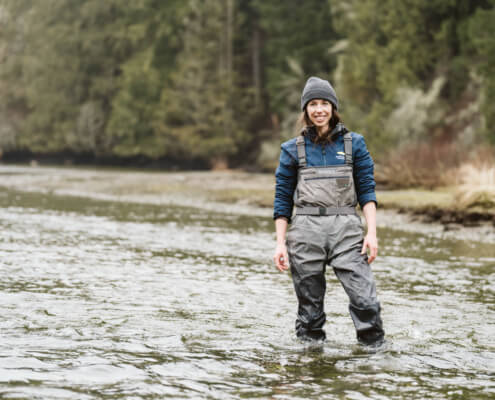Drought and salmon
What is happening in BC – September 15, 2021
An update by Jason Hwang, VP for Salmon
You wouldn’t think that a temperate rainforest known for its wet, lush environment would reach alarming drought levels, but ours did.
Thankfully, rain is falling and forecast across parts of the province.
Still, as of the most recent drought update on September 15, the entirety of Vancouver Island is currently experiencing a level 5 drought, the most severe drought rating possible in B.C. Adverse effects on people and ecosystems are almost certain under level 5 drought conditions. While additional rain is in the forecast, some parts of B.C. remain extremely dry. Even where we do get rain, salmon have been affected, and it is likely to take significant and steady rain for streams to approach their normal flows for this time of year.
Pacific salmon can be considered a canary in the coal mine when it comes to environmental changes. They are facing serious challenges related to climate change, and drought is a major factor that can lead to juveniles dying off in streams that are too warm or dry.
As we are now in the spawning season for Pacific salmon, their migration upstream should be triggered by cold water flows, and in many cases, we have not yet had that with so little rain.

The drought conditions raise additional concerns around water security for our communities.
- 4 out of 16 regions in southern BC are experiencing level 5 droughts, where conditions are exceptionally dry and adverse impacts to socio-economic or ecosystem values are almost certain. All efforts should be made to conserve water and protect critical environmental flows. This includes Vancouver Island and parts of the Southern Interior.
- 9 out of 16 regions in southern B.C. face level 4 droughts, where conditions are extremely dry and adverse impacts to socio-economic or ecosystem values are likely. This includes the Lower Fraser region, where the world’s second largest salmon migration occurs.
Significant negative effects on salmon have been observed. Community-based stream keepers reported die offs during the heat dome in early July and again in August, and observations of fewer fish in the streams afterwards.
We’ve also received reports of fish showing signs of stress and disease.
An estimated 1000 Pink salmon returning to spawn died from low flow conditions and a lack of oxygen in the Tsolum River at the end of August.
These community organizations are actively taking measures to support wild salmon through these trying times. Some are capturing stranded salmon and moving them to areas in the stream that still have water. This may be helpful in some cases, but there may be occasions where the areas that still have water are already fully occupied. In these scenarios, adding more salmon from elsewhere may increase competition for food and space and add stress to the fish naturally occurring in the areas.
When faced with extreme drought, there is no silver bullet. The two main factors that impact salmon during a drought are low flows and high-water temperatures.
Salmon need relatively cool water. As water temperatures reach 20 degrees and beyond, it becomes increasingly difficult for salmon to survive. They burn more energy and have a harder time absorbing oxygen from the water – high temperatures put them under enormous stress, and makes them more susceptible to predation, disease, and death.
Low flows can cause the areas where young fish live to dry up. They can become stranded as water levels recede, and critical habitat areas can become unavailable or unsuitable. This can be an especially difficult problem for salmon, as some species, such as Coho, live in their home stream for one year before they migrate to the ocean.
With fewer suitable areas to survive, the salmon will crowd into smaller and smaller spaces where they compete for food and oxygen, and try to avoid predators.
Low river and stream flows, as seen on Vancouver Island, can also make it difficult for adult salmon to enter their home streams, and could prevent them from reaching their spawning areas.
Drought conditions are not unique to this year. Drier-than-average years are part of the natural cycle here in B.C. We have seen drought before, but climate experts are predicting more extreme conditions, and we will experience drought and high temperatures more often than we have historically.
Looking ahead, we need to prioritize and invest in our watersheds and fish habitat to make them more resilient to drought and warming temperatures.
What can we do for salmon?
To start, we need to acknowledge the cumulative impacts of human-caused changes and act to reduce human stressors to wild salmon stocks. Government policies and regulations need to be forward thinking and proactive, paired with more investment into restoration and resiliency of our watersheds. It is not just up to government – we can all do our part. Some examples include:
- Reducing our water use and acting more water wise. This is not just something to think about in times of drought. We also need to be thinking about longer-term changes as drought and high temperatures are likely to be more common in the future.
- Don’t pollute our water. This is always important, but it is especially relevant when water flows are low, as less water means increased risk of pollutants in the stream resulting in fish kills. Storm drains in your neighbourhood likely lead to a stream – be conscious of what you put down the drains as it could kill fish.
- Prevent sediment and dirty water from entering streams. While some sediment in streams is natural, studies have shown that even small amounts of sediment over the course of a few days can reduce salmon feeding, and cause long lasting impacts to salmon habitat by reducing food availability, and smothering habitat such as spawning areas and pools. If you see dirty water entering a stream, report it immediately to DFO’s ORR phone line (1-800-465-4336).
- Protect streamside vegetation. Trees, shrubs and grasses beside a stream or wetland shade the water and help keep the water cooler. They also help to stabilize streambanks, reduce erosion, and create habitat for fish.
- Protect wetlands and off-channel areas. Wetlands and off-channel areas are often very important for fish and fish habitat. As an example, even if fish do not use a wetland directly, the wetland can be a source of cool clean water which can help to mitigate impacts from climate change and drought.
- Think about your recreation; 4×4, ATV, and mountain biking through streams and wetlands could be killing fish and damaging habitat.
The good news is that Pacific salmon are resilient. If we reduce impacts from human activities, continue to invest in restoration and recovery of their fresh water and marine habitats, and work to protect salmon for the future, they can recover.
Our work at the Pacific Salmon Foundation is centered on partnerships to help salmon adapt and recover. Much of this work happens in B.C.’s watersheds where we’re funding research to find natural cool water springs in our streams – areas that act as natural refuge for salmon as waters warm and dry up. We also support community-driven habitat restoration, small-scale salmon enhancement, education and stewardship through our Community Salmon Program, which provides grants twice per year and off-cycle for emergency support. The next grant application process is launching this week.
When individuals, communities, and decision makers come together on a serious issue like water security, we can make a real change to ensure that our watersheds and water use are adaptable to climate change, heat and drought.
For the sake of Pacific salmon, the people and ecosystems in B.C. that depend on them, we thank you for being water-wise, and hope you will support efforts to reduce impacts and improve conditions for our salmon.

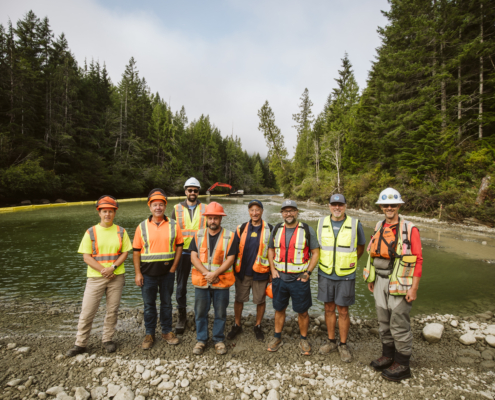
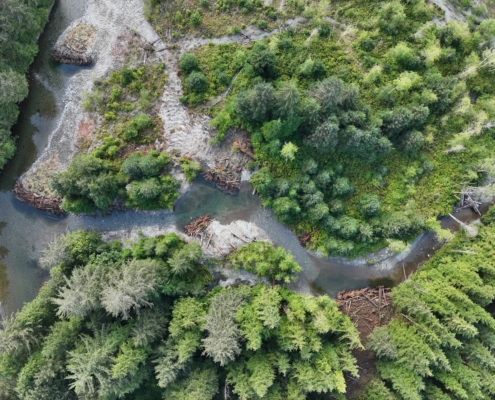
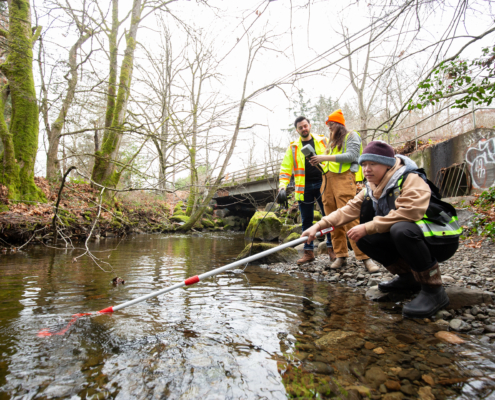
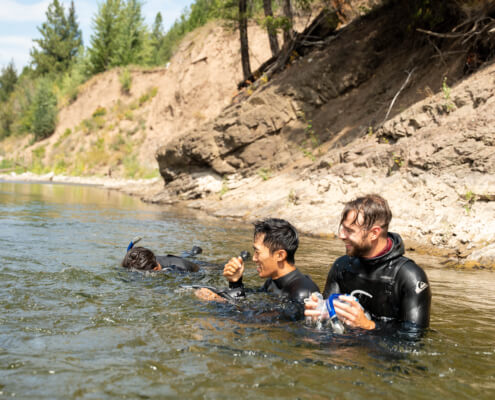
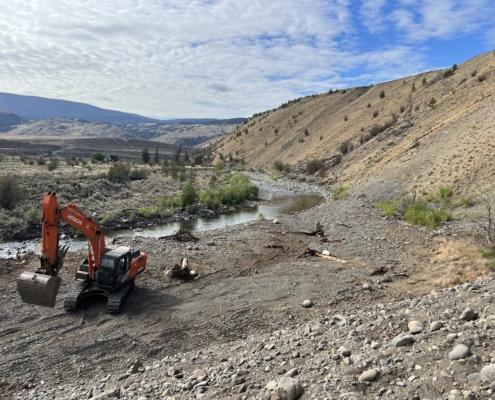
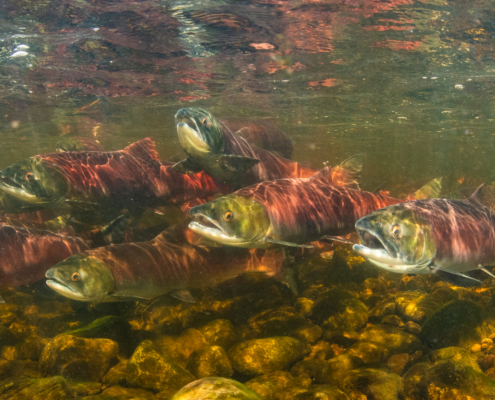
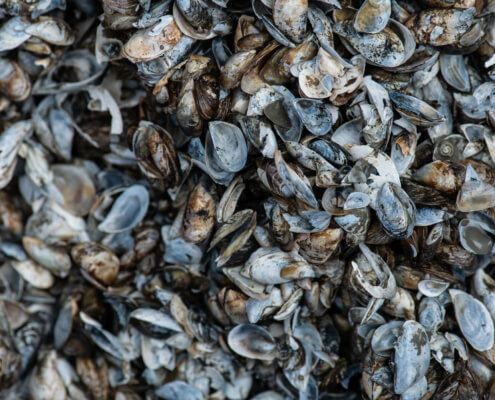 Credit University of Michigan
Credit University of Michigan